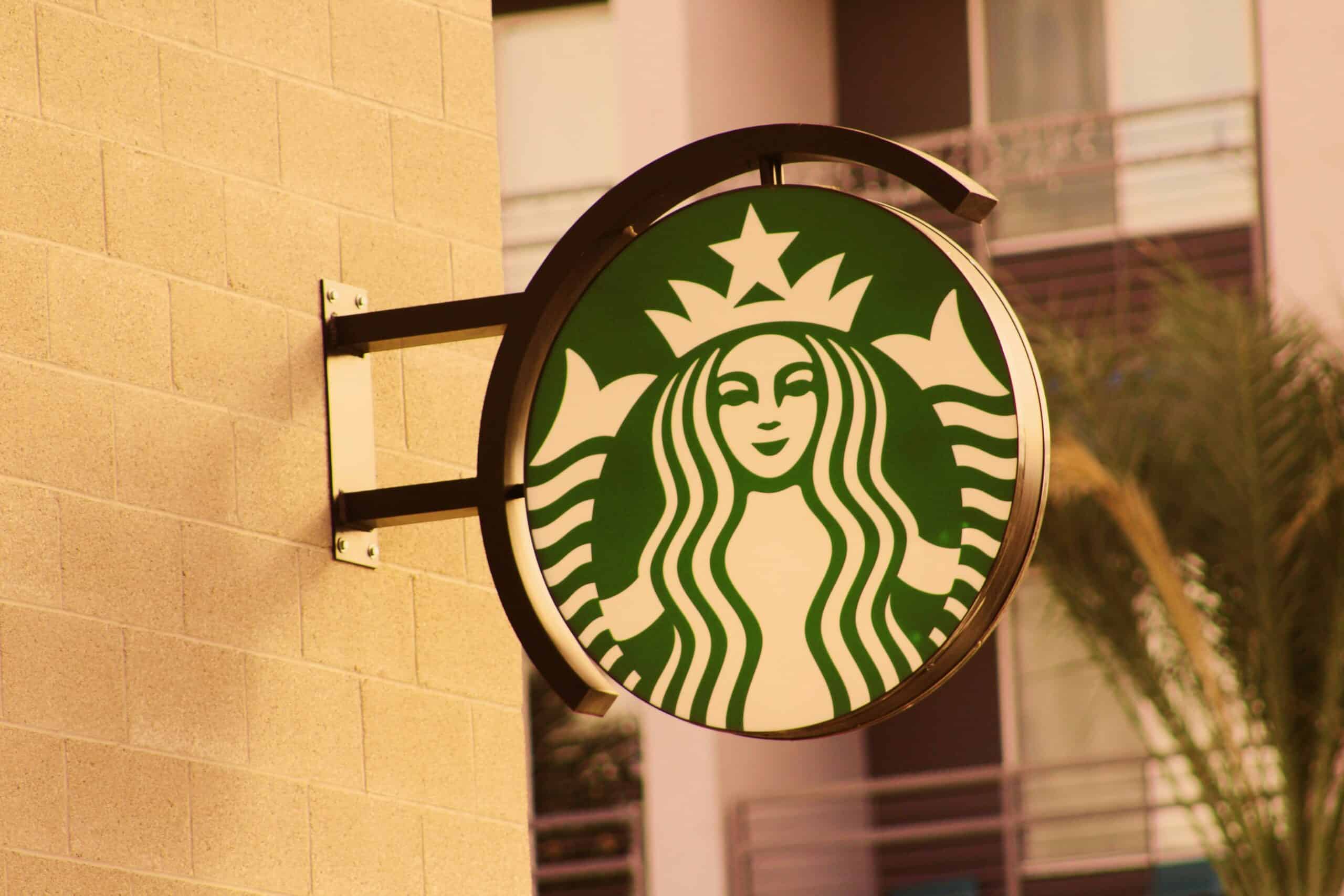
Photo by Athar Khan on Unsplash
Will Starbucks’ Pairings Menu Draw in Price-Conscious Consumers?
Starbucks is introducing a new “pairings menu” to make breakfast more affordable and attract more customers.
This limited-time offer allows customers to pair a tall hot or iced tea or coffee with popular breakfast items for $5 to $6. The options include either a butter croissant or a breakfast sandwich, with further choices currently restricted. The offer is available only at participating stores, doesn’t allow for substitutions, and excludes delivery, Starbucks Reserve coffees, and ready-to-drink beverages. Customizations may incur extra costs, and the price increases to $7 for specific sandwiches, according to Starbucks. Taxes apply, and the deal can’t be combined with other discounts.
This new deal comes in response to rising food costs and inflation, which have been impacting both businesses and consumers alike. Starbucks’ recent financial performance has been underwhelming, with the company reporting a 2% decline in net revenue to $8.6 billion for the latest quarter. Global comparable store sales also fell by 4%, and North American sales, one of Starbucks’ largest markets, dropped by 3%.
CEO Laxman Narasimhan acknowledged the disappointing results, attributing it to a challenging operating environment that includes economic headwinds, consumer demand fluctuations in the U.S. and China, and additional pressures from boycotts, barista unionizations, and public criticism from its former CEO.
Traditionally, Starbucks has focused on enhancing its product lines with seasonal offerings rather than meal bundles. Each season brings new flavors and beverages to Starbucks’ menu, such as the olive oil-infused “Oleato” coffee introduced in January, lavender-flavored lattes in March, and spicy cold foams and lemonades in April. This summer, Starbucks added a new drink featuring raspberry pearls and a coconut milk base inspired by bubble tea.
In the face of its challenges, Starbucks is adopting a bundling strategy similar to those used by other fast-food giants, which have pivoted to value deals due to declining customer visits and spending, particularly among low-income consumers. Fast-food chains like McDonald’s, Wendy’s, and Burger King have recently reintroduced low-cost meal deals to attract budget-conscious customers. McDonald’s announced a $5 meal deal in May, which will start June 25 and last for a month, followed by Wendy’s $3 breakfast deal and Burger King’s announcement of its own $5 bargain deal.
Franchisees, while welcoming the potential for increased customer traffic, voice concerns over the profitability of these value meals amidst rising costs. They emphasize the importance of upselling and promoting supplementary products to offset the narrow profit margins of the discounted items. For instance, McDonald’s franchise owners underscore the holistic value proposition, including service quality and overall customer experience, to enhance competitiveness despite the financial challenges posed by the value menus.
According to one franchise owner, Nick Snowberger, who owns 16 McDonald’s restaurants in Wyoming and Montana, the value meals are essentially a “break-even proposition when it comes to profit,” but they’re good for the customer. “This is an opportunity to do business at a cost to our customers that is as competitive and incentivizing as we have had in a long time,” he explained.
Corporate and franchisee dynamics play a critical role in navigating these economic pressures. Franchise owners like Scott Rodrick, who owns 18 McDonald’s locations in Northern California, advocate for aggressive market share strategies despite substantial operational costs, including California’s $20 minimum wage and escalating insurance expenses. Their focus on growing market share reflects a broader industry trend of adapting to declining foot traffic and reduced consumer spending by offering attractive pricing structures.
Though not a franchise, Starbucks’ broader changes this summer include a new iced coffee blend, updates to its app for more accurate ordering times, and new promotions. The need for deals to drive traffic highlights concerns over the affordability of Starbucks, which is traditionally seen as a symbol of affordable indulgence.
Additionally, Starbucks is adjusting its partnership with Delta Air Lines’ SkyMiles program. As of June 12, customers now earn miles only on Starbucks account reloads of $25 or more, rather than per dollar spent, indicating a shift toward encouraging higher spending.
Discussion Questions
What strategic considerations should Starbucks prioritize in balancing profitability with consumer affordability, especially amidst rising food costs and competitive pressure from fast-food chains?
How might this initiative impact customer perceptions of the brand’s premium positioning and overall brand equity over the long term?
